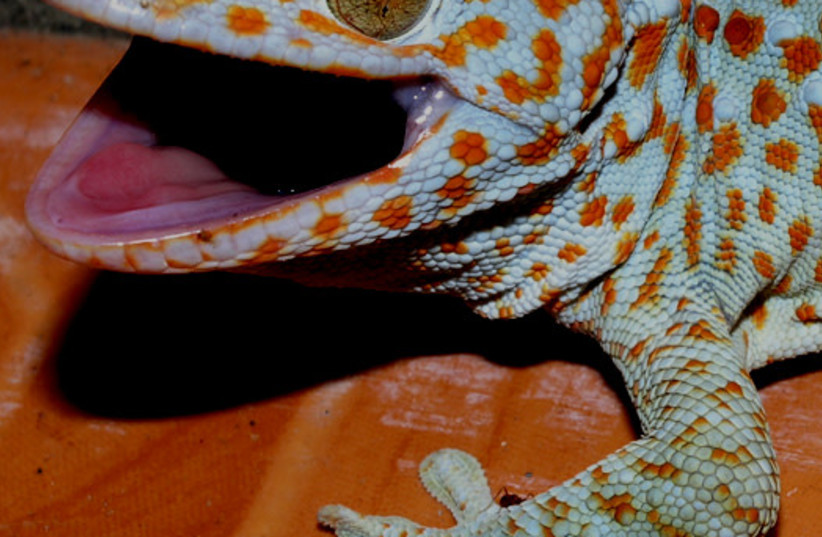A novel study found that geckos use the smell of other geckos to differentiate them from other members of their species, a University of Bern published early February determined.
The study, published in the peer-reviewed scientific journal Animal Cognition by Springer, discovered that Geckos actually use their tongues to sense the odor of other gecko subspecies.
“Lizards and reptiles (such as geckos) are generally seen as unsocial primitive animals. We must recognize that reptiles are more social and intelligent than we thought,” says Birgit Szabo, lead author of the study from the Division of Behavioural Ecology at the University of Bern’s Institute of Ecology and Evolution.
How do geckos sense smell?
Geckos, such as other lizards and snakes, use their tongues to perceive pheromones from other individuals. For instance, when climbing a wall, geckos occasionally pause to dart their tongues around – a phenomenon that was recognized in the past but not fully understood until now.
Researchers attempted to test their hypothesis by presenting the geckos with various odors on cotton swabs. The geckos used for the experiment were presented with cotton swabs containing their own smell, odors from other geckos and control odors such as water and peppermint.

The geckos successfully associated the odors with the correct subjects – for instance, the geckos stuck out their tongues in the direction of their home enclosures when presented with their own odor, whereas they would point their tongues in the odor of the swab when presented with a different odor.
Researchers interpreted this behavior as a sign that the geckos first perceive the odor on the swab, and then compare it with their own odor on the walls of the enclosure.
“The geckos have to compare more frequently when confronted with the odor of another gecko, compared to their own odor. This indicates that they know their own odor,” Szabo explained.
“Reptiles, and especially geckos, are ideally suitable for investigating fundamental questions about the evolution of sociality. Within geckos, we can find a vast range of social structures and habitats,” says Eva Ringler, study co-author and head of the Division of Behavioural Ecology at the University of Bern.
“This allows us to investigate the interrelationships of cognition, communication and social living within a small taxonomic group – and make comparisons between these and other, more distantly related groups of animals such as mammals and birds,” Ringler concluded.
